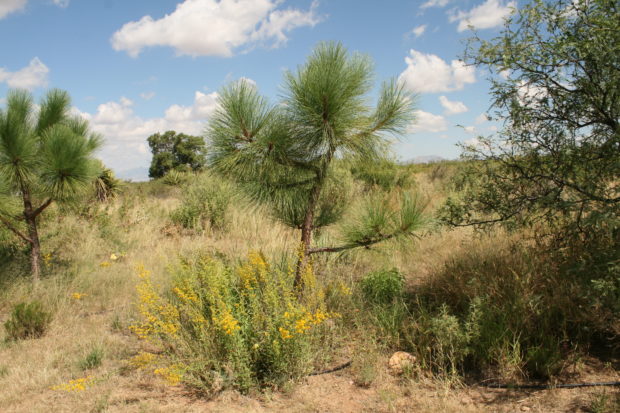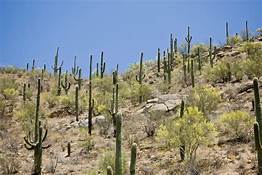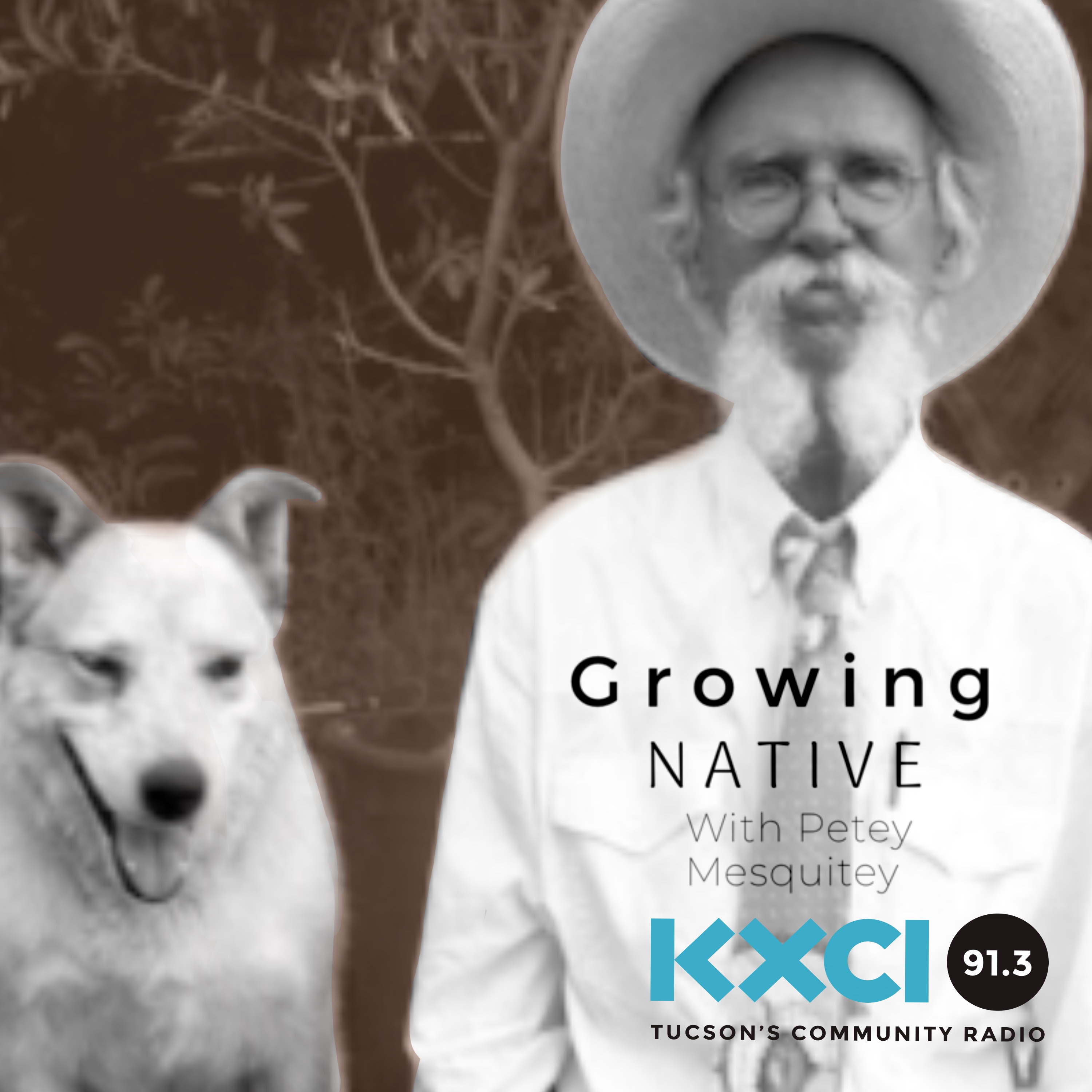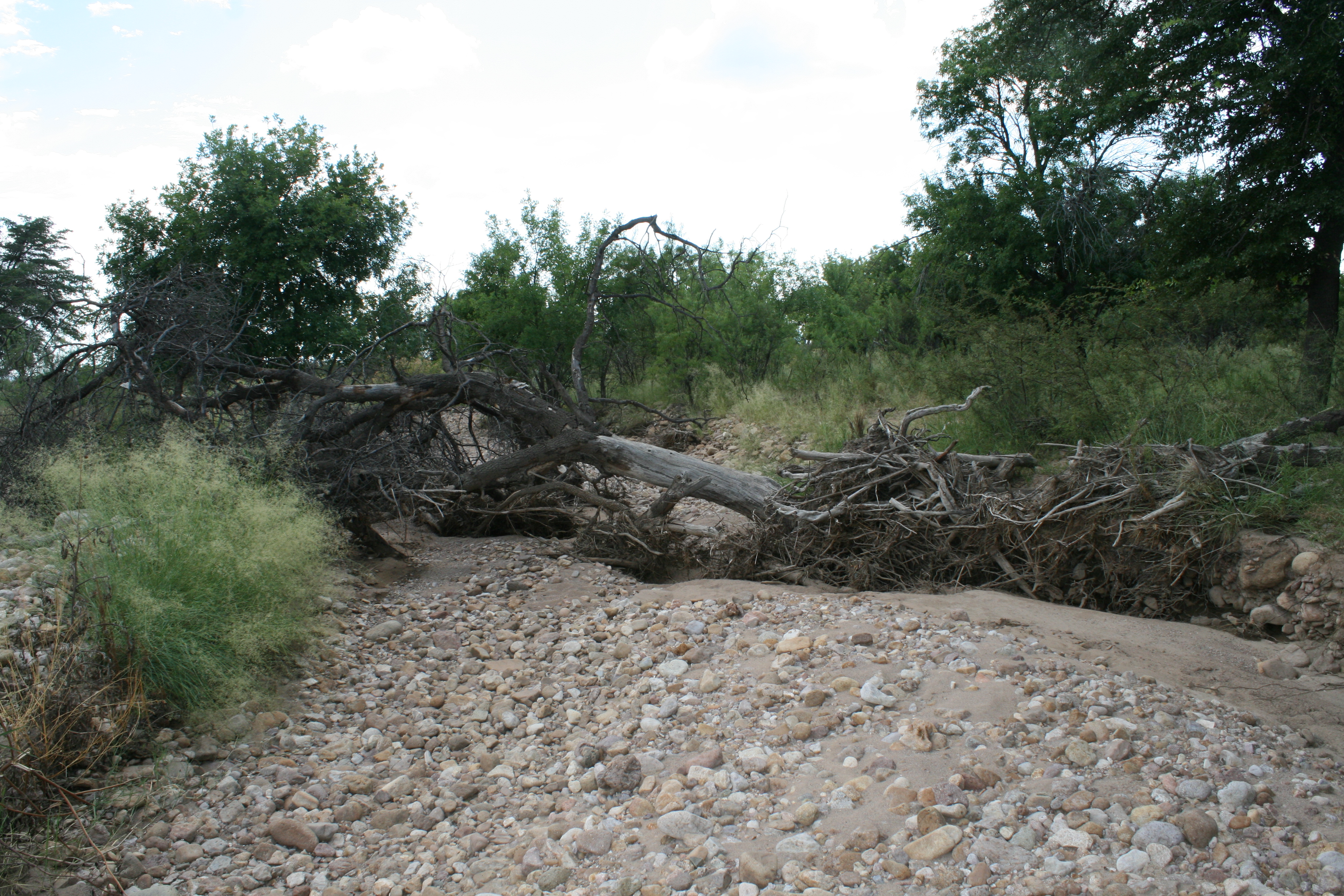I grew up in Kentucky and the state flower of the state is goldenrod. The particular species that has that honor is Solidago gigantea. I always wondered how it was chosen as there are 30 species of goldenrod found in the state. In the vacant lots of my childhood neighborhood tall goldenrod towered over me in glorious bright yellow bloom every fall and I remember that sneezing and watery eyed Kentuckians would blame goldenrod for their terrible allergies. Even nowadays when I mention I grow goldenrod, folks will respond with stories of their terrible goldenrod allergies. I try to explain that Solidago pollen is not wind born, it is only spread by pollinators and their allergies are from other fall bloomers that have wind born pollen. In Kentucky that was ragweed, a species of Ambrosia. My defense of goldenrod falls on deaf ears and I don’t sell many goldenrod, but I sure do plant them around our place, especially Solidago missouriensis.
There are eleven species of goldenrod found in Arizona and those species range in elevation from 2,000’ to 9,500’ around the state. So no matter where you live you live in Arizona you can blame your fall allergies on a Solidago species. Please don’t.
A couple notes: the photos are mine and taken at our place near the banks of the ol’ guajolote. The goldenrod is under an Apache pine I grew from seed and planted. You can see that S. missouriensis spreads from its roots and creates a clump of goldenrod.


Just a half hour drive from downtown Tucson a wilderness awaits in the Rincon Mountains of Saguaro National Park on the Tanque Verde Ridge...

I wrote this song about Lycium fremontii when I was managing the native plant nursery of Desert Survivors on West Starr Pass in Tucson....

The Ol’ Guajolote came flowing out of the mountains down to the grassland and Petey found himself tumbling downstream with his dog Farley. A...